Dreamtonics Synthesizer V Studio 2 Pro: Can AI Really Sing? Reviewed!
This is How AI Voice Production will Work in 2025
Dreamtonics takes Synthesizer V Studio 2 Pro to the next level with a revised version of its AI-powered vocal engine. The software promises even more naturalism, control and direct workflow when creating and editing vocal tracks. At a time when artificially generated vocals are becoming increasingly relevant, the question is whether this evolution really has what it takes to replace real singers in music production – or whether it will remain just one creative tool among many. This review is all about that: What does the new V Studio 2 Pro synth sound like? How intuitive is it to use? And what really sets it apart from other solutions on the market? Here comes my review!
All About Dreamtonics Synthesizer V Studio 2 Pro
Dreamtonics Synthesizer V Studio 2 Pro – Quick Facts
- Advanced AI-based vocal software with a focus on realistic, modulable voices
- Combines real-time vocal output with high-resolution offline rendering for improved quality
- Uses neural networks to base voices on real recordings, making them more lifelike
- Intuitive note input with precise control over timing, articulation and expression
- Multiple mixable voice engines, complex choral or duet structures possible
- Languages available: English, Spanish, Japanese, Mandarin, Cantonese and Korean
- Optional voices for more authentic results and more variety in sound
- VST3, AU, AAX and ARA as well as standalone operation
- Ideal for electronic music, trailers, sound design or experimental music
- Version 2 offers more expressive depth, modulation options and improved handling
Installation and First Impressions
Getting started with Synthesizer V Studio 2 Pro is largely unproblematic. After downloading the approximately 600 megabyte software and optional voice databases, it becomes clear that this is no gimmick. The interface is pleasantly modern, uncluttered and, despite the complex engine in the background, surprisingly well designed.
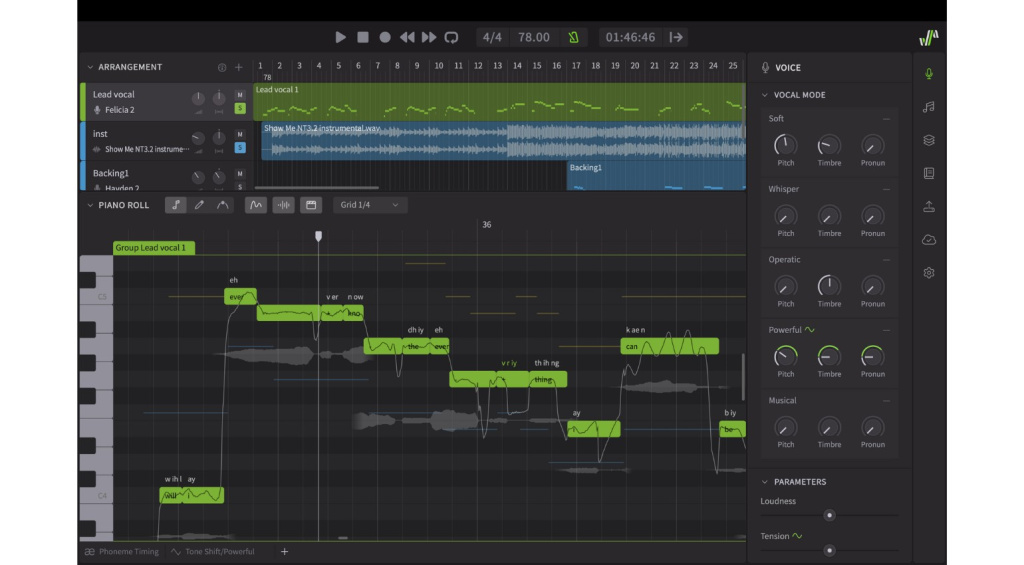
What is particularly striking is how directly you can work with vocal lines. The familiar piano roll has been replaced by a system tailored to vocals, reminiscent of a mixture of classical notation, a clip-based arranger and a MIDI editor. Each note can be directly modified in terms of timing, pitch and expression, giving the user a high degree of control.
AI Vocals: Where Man and Machine Meet
The heart of V Studio 2 Pro is, of course, its vocal synthesis. You get real-time vocals with a powerful rendering engine and with a high quality. It requires a little more processing power, but delivers remarkably detailed results – and with a modern computer, you won’t even notice. The voices appear lifelike, sometimes even breathing audibly, and sometimes conveying an emotional depth that is often lacking in other engines of this type.
Dreamtonics uses neural networks based on real voices. The results sound less synthetic and, with the right settings, can compete with real vocal performances. However, even with the best emulation, a certain artificiality remains audible, especially in demanding phrasing or complex vibrato. Of course, you can always use effects to remove this impression.
New Features in Version 2
Synthesizer V Studio 2 Pro offers some significant new features over its predecessor. First and foremost is the ability to combine – or mix – different voice engines in a single project. This makes it possible to create multiple singers with individual expressions and timbres at the same time – a clear advantage over other systems, which often only allow a single instance.
There is also finer control over modulations, breaths, volume changes and formants. The latter in particular offers creative freedom for sound designers and experimental producers – or anyone who wants to tease every nuance out of new vocals. The system allows for a wide range of vocal expression – from subtle facets to almost exaggerated characters. In addition, High Quality mode is always enabled.
Workflow and Integration
Synthesizer V Studio 2 Pro can be easily integrated into existing production environments thanks to VST3, AAX and AU support in any DAW. Some DAWs also benefit from direct ARA integration. A standalone version is also included, particularly useful for quickly sketching out vocal ideas. Export works seamlessly in all major audio formats.
MIDI import is possible, as is the import of lyrics or even translations. Each segment can be precisely customised, from syllable layout to intonation. If you’ve worked with traditional MIDI editors before, you’ll quickly find your way around. However, the learning curve for complex adjustments should not be underestimated. Despite the intuitive interface, it does take some experience to get the most out of the system. Of course, you also need to be familiar with singing and the human voice to achieve perfect results.
Sound Quality and Voice Choice
The quality of the voices available varies depending on the voice bank used. Some of the premium voices are particularly sophisticated and deliver impressive results, even when compared directly to real recordings. The differences between the on-board and optional voices are clearly audible, especially in terms of articulation and expression. It is definitely worth listening to the other voices.
You will have to decide whether you are happy with the included variants or whether you are prepared to invest in additional, higher-quality results. Language also plays a role: While English, Spanish, Japanese, Mandarin, Cantonese and Korean are excellently implemented, other languages such as French, German or Spanish still show weaknesses in intonation and are almost unusable. Perhaps this will be added in an update – it would be nice!
The Cross-Lingual Synthesis feature is very interesting. It breaks down the language barrier and allows you to sing any voice in any of the six possible languages. And in pretty good quality. You can even adjust the voice to make it rap, which sounds nice too.
Creative Potential and Limitations
Synthesizer V Studio 2 Pro opens up a whole new world of possibilities, especially for producers who work with vocals on a regular basis. Hooks, choruses, backings or entire vocal lines can be quickly created, edited and tried out in different variations. This is particularly exciting for electronic music, where unusual vocal textures or hybrid sound designs plus extravagant effects chains are in demand.
But the software can also deliver interesting results for trailers, game audio or experimental music productions. Nevertheless, Synthesizer V Studio 2 Pro remains a tool – not a substitute for real singers with soul, character and stage experience. Unfortunately, you can’t (yet) draw emotions and expressions in the automation section, nor have them added by the AI.
Working with Dreamtonics Vocoflex
If you want to go one step further, you can use the Dreamtonics Vocoflex plugin to bend, morph, change, add vocal character and more. This effect plugin offers an innovative approach to synthetic voice processing based on Synthesizer V, making it a great partner for Synthesizer V Studio 2 Pro.
The Effects Editor lets you apply effects to vocal phrases after the fact, including classic parameters such as EQ, formant shift and stereo modulation, as well as spectral filters and creative vocal warping techniques. Vocal clarity is maintained, which is particularly valuable when used with precision in the mix. Integration into existing workflows is straightforward, as Vocoflex works within Synthesizer V Studio, eliminating the need for additional routing or complex effects chains.
The focus is on the ability to change vocal expression at will and to shape the character of individual phrases. And all this is done by graphically morphing between different voices. This not only opens up new possibilities for modern pop productions, but also allows more experimental genres to expand their range of expression with synthetic vocals. The internal effects processing keeps the system lean and efficient, which is especially important when working on complex arrangements.
The ability to draw morphing as if on an X/Y pad and record it as automation is very cool. For example, you can morph from a female voice to a male voice without any audible steps in between. The possibilities are endless!
Conclusion
With Synthesizer V Studio 2 Pro, Dreamtonics has released a remarkably sophisticated version of its AI synthesizer. The software sounds remarkably human in many moments, allows precise control and offers a workflow that should appeal to many producers.
However, despite the immense possibilities, the question remains as to how far machine vocals can go – and where the artistic boundaries lie. The use of the Synthesizer V Studio 2 Pro can greatly assist the creative process, but it cannot replace a personality at the microphone. For modern music productions that are open to new ideas, however, this virtual vocal software is a more than exciting tool. And, of course, it is also a cost-effective alternative to a real singer.
Price and Specifications for Dreamtonics Synthesizer V Studio 2 Pro
Dreamtonics Synthesizer V Studio 2 Pro is available from the manufacturer’s website at a price of $99.00. Additional voices cost $79.00. Various bundle prices are also available. A 14-day unlimited demo version is offered, as well as the opportunity to try all optional voices in advance.
The software runs standalone and as a plugin in VST3, AAX and AU formats on MacOS (including Apple Silicon support) and Windows – ARA is also supported. The software is unlocked via a licence key, which you will receive by email after purchase. A detailed online manual and tutorial videos can be found on the manufacturer’s website.
Pros and Cons of Dreamtonics Synthesizer V Studio 2 Pro
Pros
- High quality sound in voices with amazingly vivid expression
- Very precise control over pitch, timing, formants, breathing and modulation
- Combinable voice engines for complex arrangements in a single project
- Seamless DAW integration and powerful standalone version
- Intuitive interface despite deep editing capabilities
- Extensive text-to-speech capabilities with flexible language import
- Suitable for creative vocal experimentation, electronic music and sound design
Cons
- Artificial sound components remain audible in complex phrasing
- Optional voices are not free and almost necessary for professional quality and more variety
- Learning curve for detailed editing despite intuitive basic structure
- Limited voice quality outside of English, Spanish, Japanese, Mandarin, Cantonese and Korean
- No true live performance replacement for human vocals
More Information About Dreamtonics and Synthesizer V Studio 2 Pro
3 responses to “Dreamtonics Synthesizer V Studio 2 Pro: Can AI Really Sing? Reviewed!”
 2,5 / 5,0 |
2,5 / 5,0 | 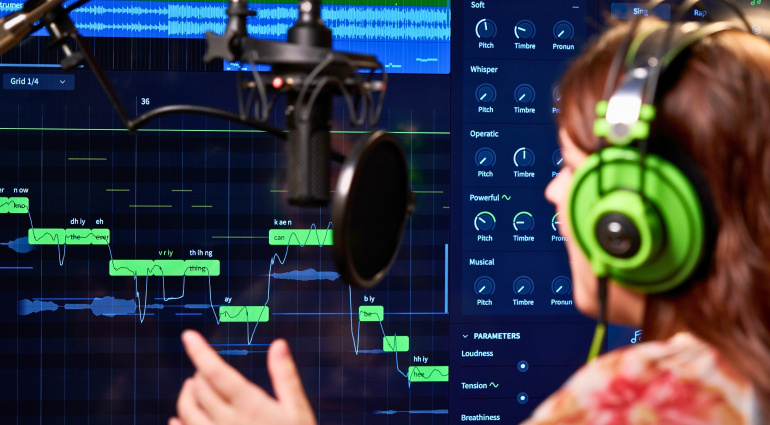

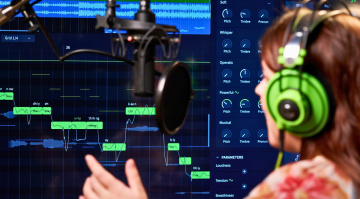

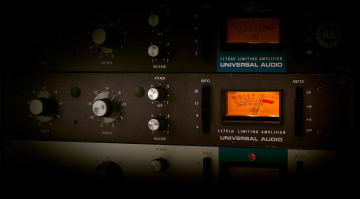
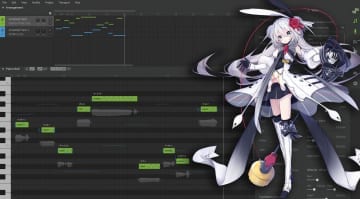
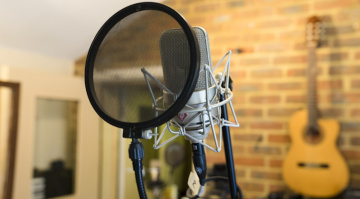
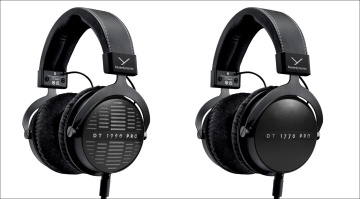
AI = I can’t be bothered with the music and just want the easiest way possible to make shit. 😎
As if we needed another tool to make music less authentic.
The main idea of AI is giving people access to the talent without having to pay talented people. Not the world I want to live in.
The older I get, the less I bother about production and recording. Making live music is where it’s at. Even if it’s not perfect.
How did they do it!? Synthesis is TOO powerful